Weegee: Society of the Spectacle – a new book illuminates the grit and glamour of a photography icon
Discover the remarkable story of Weegee, the photographer who captured both the dark underbelly and dazzling spectacle of his time
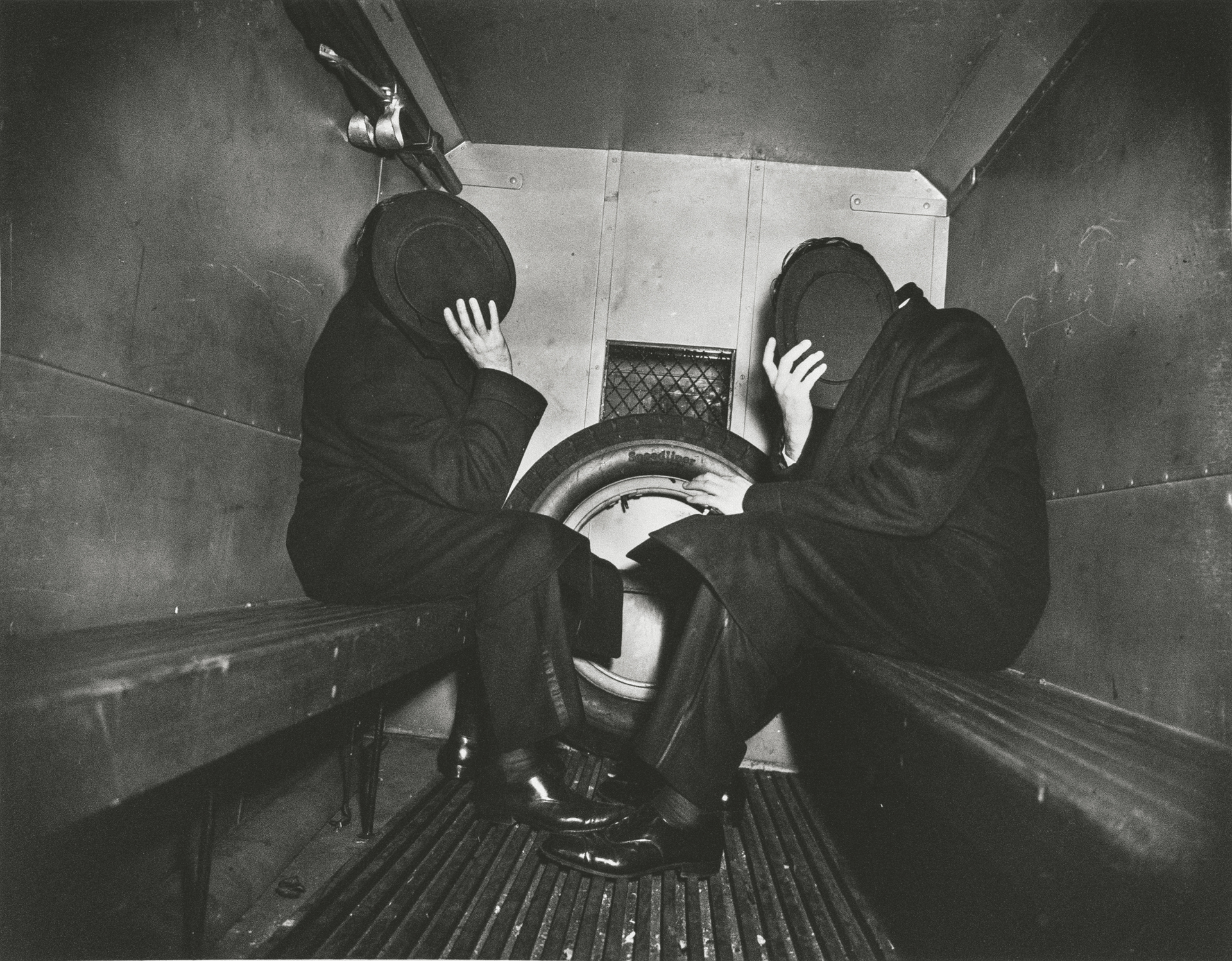
Thames & Hudson has just released Weegee: Society of the Spectacle, a comprehensive new book offering the first full evaluation of the legendary photographer’s work. Edited by Clément Chéroux, director of the Fondation Henri Cartier-Bresson, the publication accompanies a major exhibition of the same name.
Weegee: Society of the Spectacle delves into the duality of the man born Arthur Fellig's career – from his early days capturing crime scenes on the streets of New York, to his later experiments with Hollywood glamor and distorted celebrity portraits.
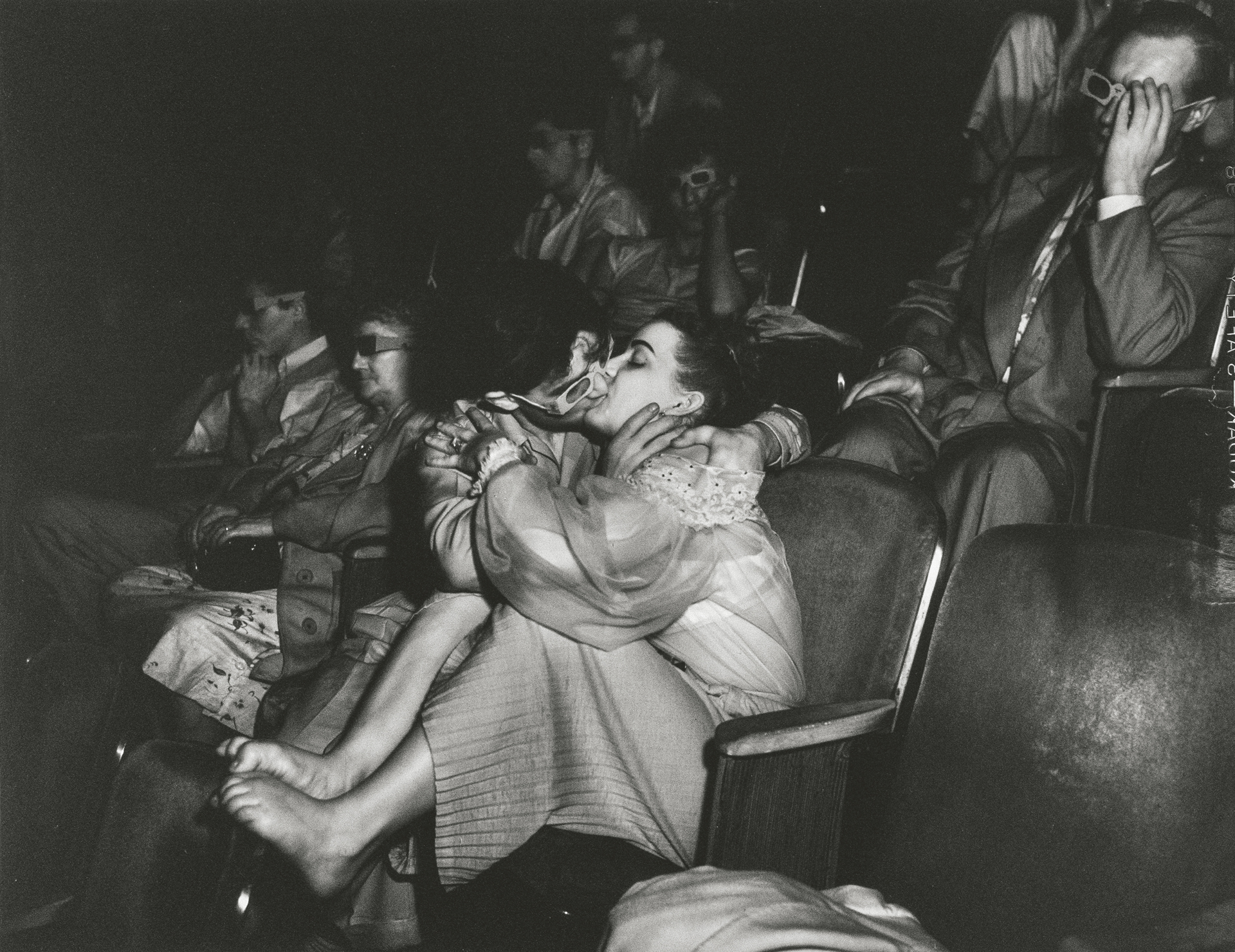
Weegee’s photographic career is a study in contrasts. His early work, created between 1935 and 1945, is marked by sensational images of gangsters, murder scenes, fires and tragic accidents. Equipped with a police radio in his car and his signature flashbulbs, he was often the first at the scene.
His flash, powerful and relentless, froze moments of chaos and despair, exposing the city's underbelly in graphic detail. Whether capturing bloodied gangsters, victims of crimes or startled onlookers, Weegee used his light to reveal a world that typically lived in shadow – a flash of reality rarely seen.
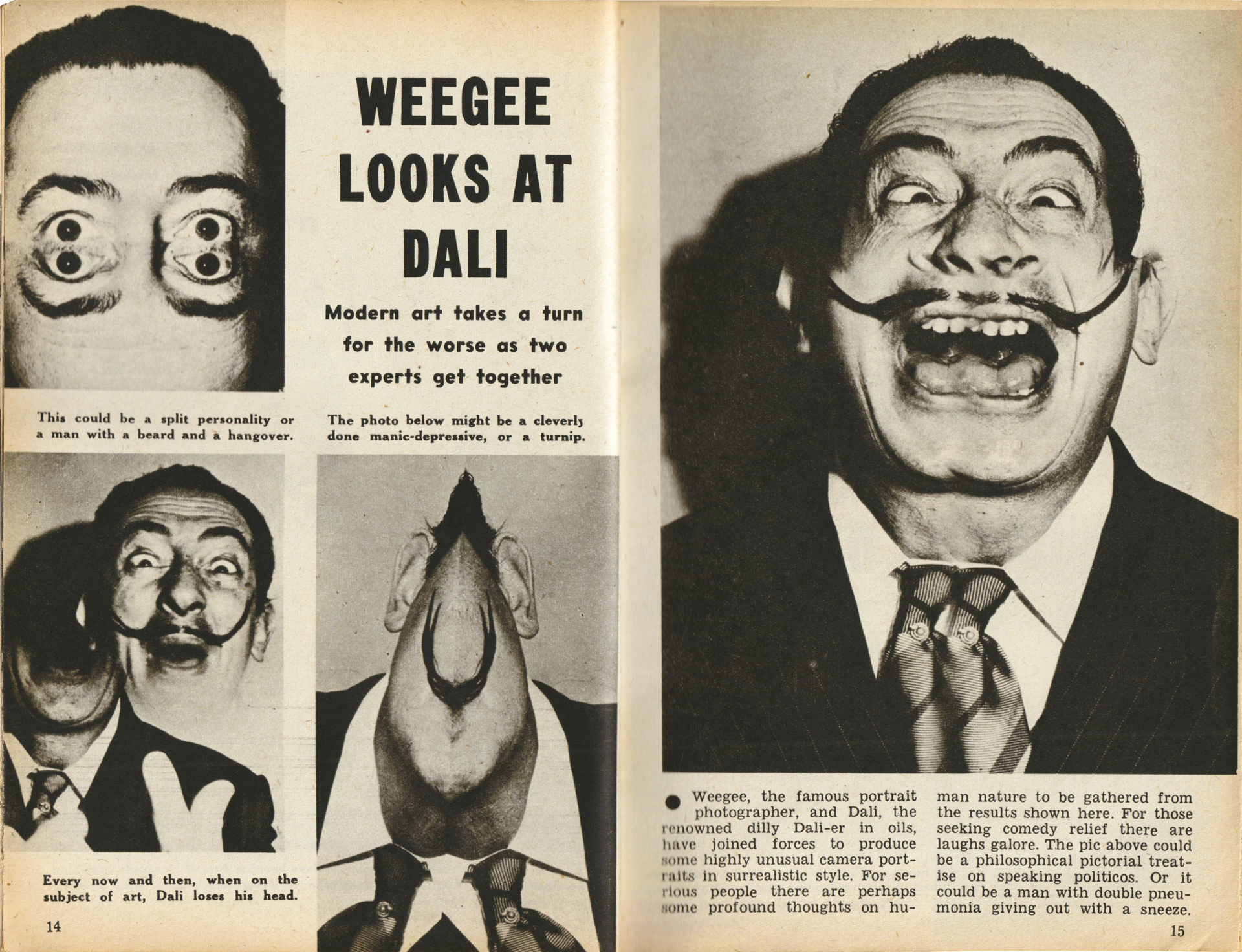
"News photography is my meat", Weegee famously said, and his images were a documentation of a city in turmoil. Yet, his fascination extended beyond the crime scenes. As he documented these moments, he turned his lens on the crowds of spectators – those drawn to tragedy as though it were entertainment – capturing a rapidly expanding culture of voyeurism and spectacle in the US.
By the late 1940s, Weegee’s focus shifted. Tired of crime scenes he moved to Hollywood, where his photography became more playful and experimental. Using what he called his "elastic lens" he created distorted portraits of celebrities, poking fun at the Hollywood star system and exposing its duplicity. This era, though vastly different in style, reveals a consistent theme in Weegee’s work – a fascination with performance, spectacle, and the extraordinary.
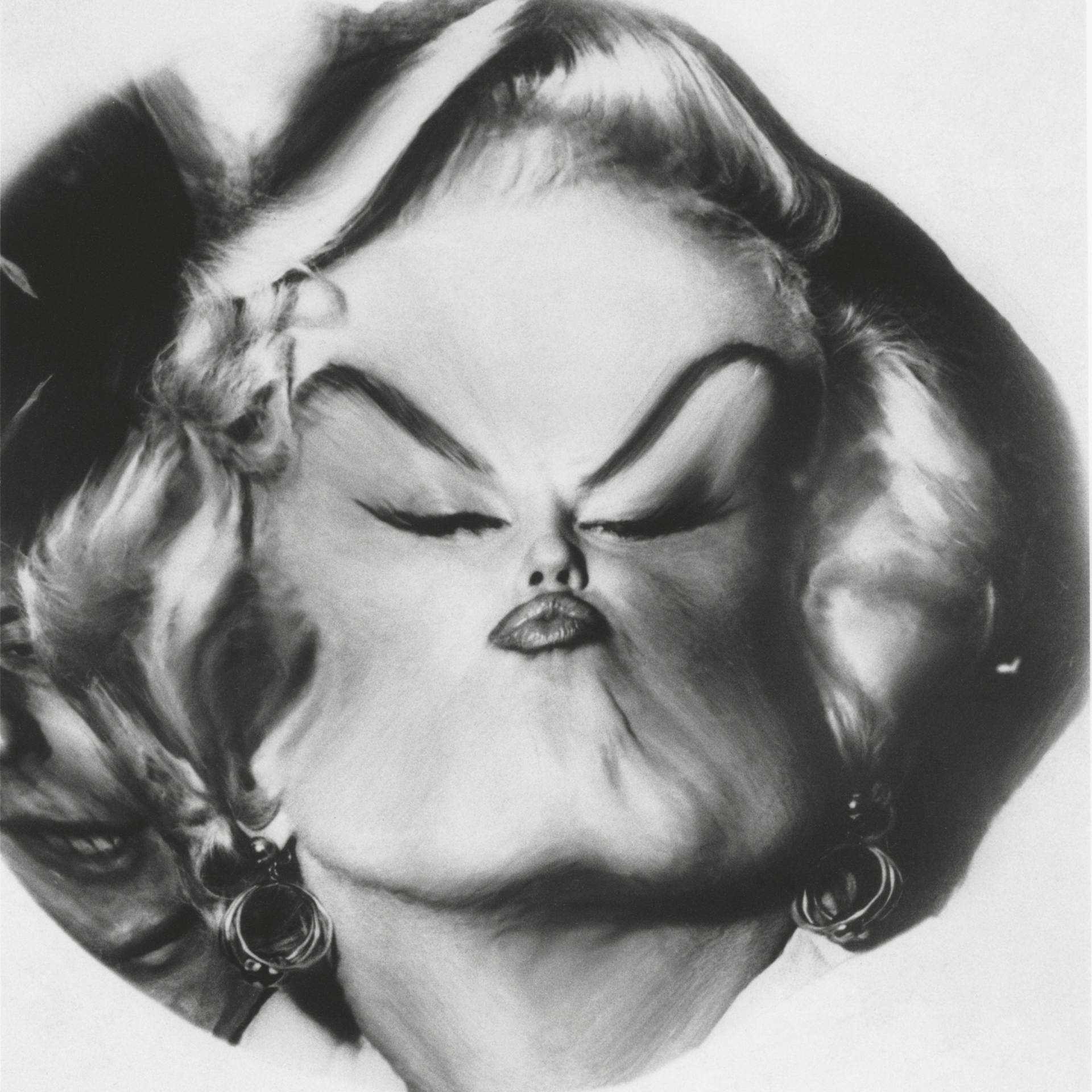
What makes Weegee: Society of the Spectacle particularly compelling is its ability to reframe the photographer’s legacy. Often reduced to his crime-scene photography, Weegee’s work was much more complex and forward-thinking than critics have often given him credit for. By uniting the gritty with the glamorous, this book presents a photographer fascinated by humanity’s love for spectacle – whether in tragedy or celebration.
Get the Digital Camera World Newsletter
The best camera deals, reviews, product advice, and unmissable photography news, direct to your inbox!
This 130-image volume also features texts by Isabelle Bonnet, David Campany, and Cynthia Young – including Weegee and Kubrick, an essay exploring the fascinating relationship between the photographer and the legendary filmmaker. These thoughtful contributions provide a greater context for understanding Weegee’s life and work.
Weegee: Society of the Spectacle is published by Thames & Hudson and available now, priced at $60 / £45 / AU $90.
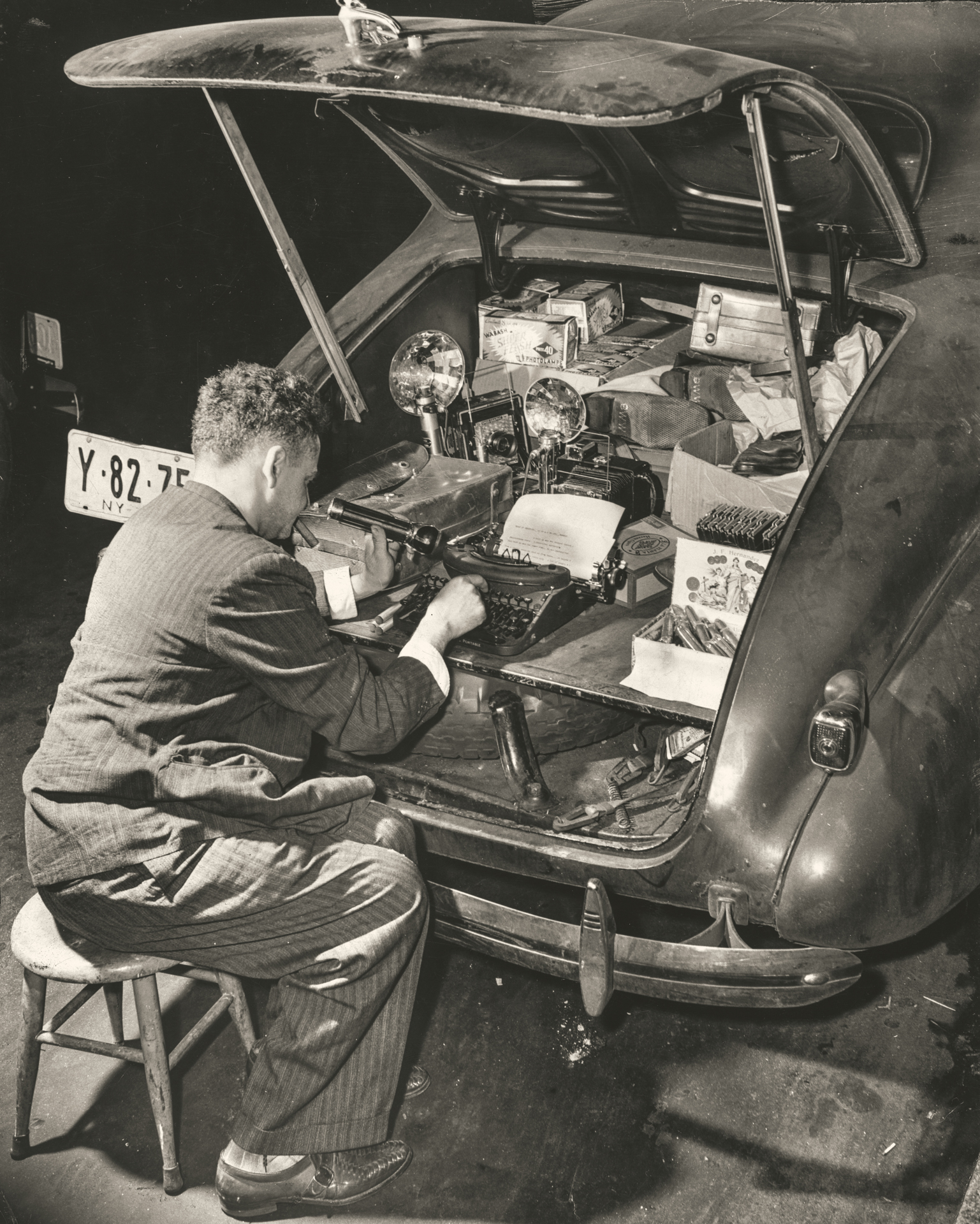
You might also like
Check out our review for the Weegee-like flash the Godox Lux Master, along with our guide to the best film cameras.

Kalum is a professional photographer with over a decade of experience, also working as a photo editor and photography writer. Specializing in photography and art books, Kalum has a keen interest in the stories behind the images and often interviews contemporary photographers to gain insights into their practices. With a deep passion for both contemporary and classic photography, Kalum brings this love of the medium to all aspects of his work.
